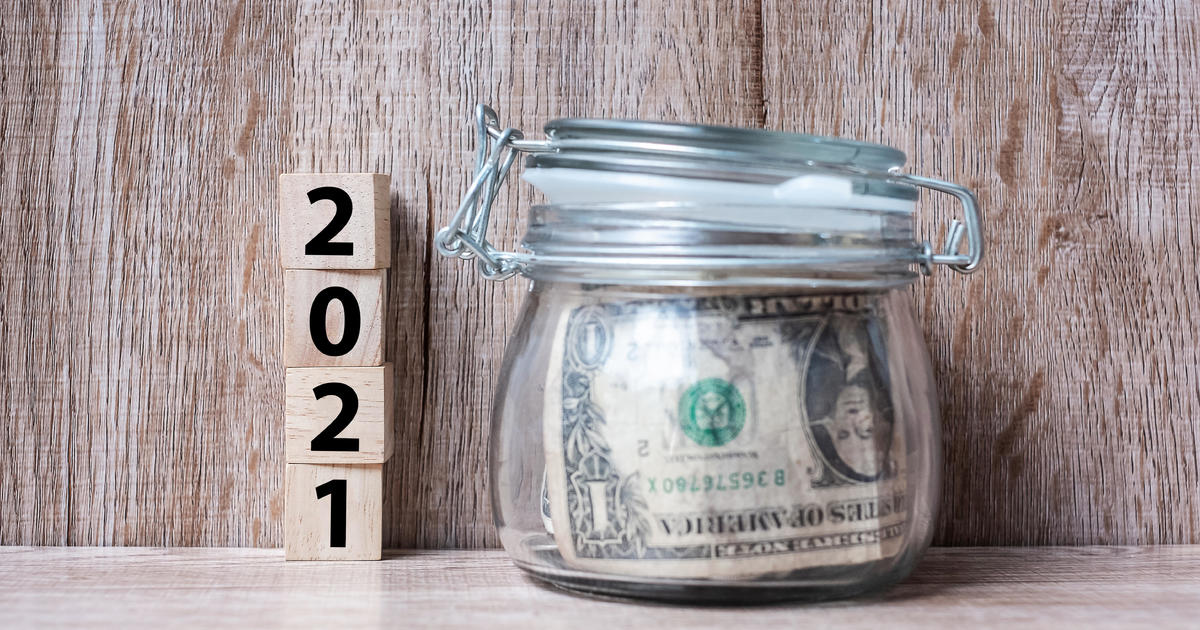
The pandemic has shown the importance of having an emergency fund to help you get through a job loss. On the flip side, the pandemic has also made saving harder as deposit rates have fallen to all-time lows.
Deposit rates will likely remain low in 2021, but that shouldn’t discourage you from saving. Here are four smart savings strategies for the new year.
1. Create a savings plan
Developing a savings plan is the first step in building an emergency fund. Start with determining how much you need. At minimum, your savings should be able to cover three to six months of living expenses.
Once you’ve determined the proper amount to save, include regular contributions to your emergency fund as part of your monthly budget. Track your progress and treat saving as important as paying your bills.
2. Look for a checking account with automatic saving features
New mobile and online banks have introduced checking and savings accounts with features that can help you stick to your savings plan. One such feature is the auto transfer. When you receive the direct deposit of your paycheck, an auto transfer can automatically transfer a certain percentage of your direct deposit into your savings account.
Another savings feature is the round up. With the round up feature, every time you make a purchase with your checking account debit card, the bank will round up the purchase to the nearest dollar and transfer the round up amount from your checking account to your savings account.
These savings features are becoming common in particular at new financial technology companies, also called fintechs. Varo and Chime are two examples of well-known fintechs that offer these savings features alongside noteworthy checking and savings accounts.
3. Find checking and savings accounts that help you earn more
Once you have made saving a regular part of your budget, look for banks that can help you earn more with higher deposit rates and cash back on debit card purchases. Hundreds of community banks and credit unions around the nation offer a Kasasa-branded pair of checking and savings accounts. These Kasasa checking accounts are reward checking accounts that offer generous rewards when you actively use the account.
Two popular Kasasa-branded reward checking accounts are the Kasasa Cash and Kasasa Cash Back. Kasasa Cash offers a high interest rate up to a certain maximum balance. Instead of interest, Kasasa Cash Back pays cash back on your debit card purchases.
You can pair one of these Kasasa checking accounts with a Kasasa Saver savings account. This way, interest or cash back rewards earned on the checking account are automatically transferred each month into the Kasasa Saver account. In addition, the balance in the Saver account earns a high interest rate.
As you might expect, these Kasasa account rewards come with a catch. To earn the high interest rate or cash back rewards, you must meet monthly activity requirements, which are often just the activities that most carry out on their primary checking account. The typical monthly requirements include making 10 to 20 debit card purchases, having at least one direct deposit or automatic payment and receiving electronic statements.
4. Avoid checking accounts with excessive fees
As you’re building up your savings, you don’t want your funds reduced by bank fees. Interest checking accounts often are not worthwhile due to account fees. Especially in today’s low interest-rate environment, rates don’t come close to offsetting fees, such as monthly service charges, ATM fees and overdraft fees.
Not all checking accounts that pay interest are loaded with fees, though. With Kasasa, for example, you can receive a high interest rate on your checking account and not worry about fees. All Kasasa accounts have no monthly service fees, nor are there any fees for using ATMs at other banks. In addition, when you meet the monthly requirements, many Kasasa accounts will reimburse fees that other banks charge for using their ATMs.
You can also avoid fees on interest checking accounts at several online-only banks. For example, the Ally Bank Interest Checking has no monthly service charges, and Ally doesn’t charge a fee for using ATMs at other banks. Ally will also reimburse up to $10 at the end of each statement cycle for fees charged by other banks for using their ATMs, though you can avoid those fees altogether by using ATMs in the Allpoint network. You can dodge overdraft fees by setting up Ally’s Overdraft Transfer Service, which makes automatic and free transfers from savings to checking to cover any overdrafts that occur in your checking account.
What else to keep in mind to save more in 2021
As we recommended above, it is crucial to start 2021 with a savings plan and make sure your checking and savings account have the features that will help make your savings plan a success. Keep in mind that you may not be able to find all of the features at any one bank, so focus on choosing the account that has the features that are most important for you to be able to accomplish your savings plan.
Ken Tumin is founder and editor of DepositAccounts.com, which has been tracking and rating the savings, CD and checking account offerings of banks and credit unions for more than a decade.

